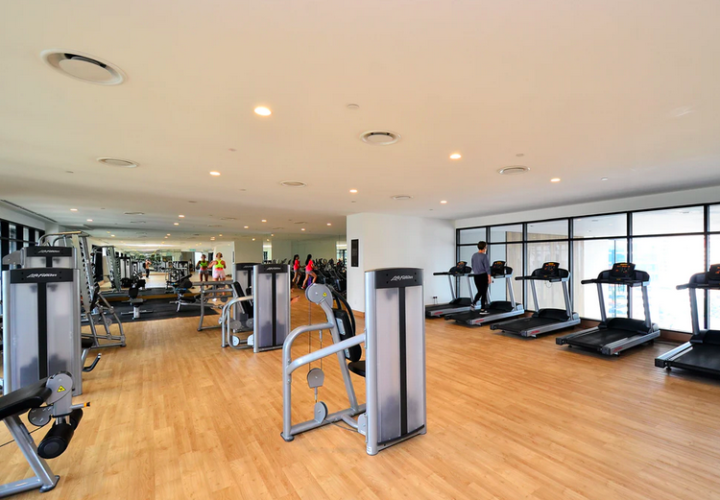Engaging in physical activity helps improve your overall health, fitness, and quality of life. Physical activity helps to lower your risk of or improve chronic conditions. These conditions include type 2 diabetes, heart disease, joint pain/back pain, asthma, many types of cancer, arthritis, depression, anxiety and dementia.
Aerobic and Anaerobic Physical Activity
Physical activity can help to improve chronic conditions by helping control your symptoms and better your overall health. There are two types of physical activity, aerobic and anaerobic. Aerobic activity is any type of cardiovascular activity (aka cardio) that uses oxygen to meet energy demands during exercise. Cardiovascular activities can improve your endurance, your heart health, and assist in weight loss. Cardiovascular activities include fast walking, running, biking, swimming, dancing, playing sports, or yard work. Anaerobic activity is any type of strength training and consists of activities that are short in length and performed with high intensity. During this type of activity, a lot of energy is released within a small period of time, and your oxygen demand surpasses the oxygen supply within your body. Therefore your body breaks down glucose for energy without using oxygen.
Physical activity helps to lower your risk of or improve chronic conditions such as type 2 diabetes, heart disease, joint pain or back pain, asthma, many types of cancer, arthritis, depression, anxiety and dementia. Those who live with diabetes, regular exercise can help insulin lower your blood sugar levels. Exercise also helps you to have control over your weight and give you boosts of energy. People who had/do suffer from heart disease, exercise can help to reduce the risk of heart disease progression and lower your risk of dying. Lastly, those who live with joint pain/back pain, low impact aerobic exercise can help raise the strength and endurance in your back and improve the function of your muscles.
Strength Training
Strength training activities can improve your muscle strength and endurance. In return, this helps make your daily activities easier. Activities include weightlifting, sprinting, high intensity interval training, using elastic bands, jump squats/ box squats. In addition to cardiovascular training and strength training, exercises than enhance a persons flexibility can help obtain the most range of motion of your joints. This helps your joints function to the best of their ability. Lastly, stability exercises can help to reduce the risk of falls. Core strengthening exercises can also help to reduce your symptoms by strengthening the muscles around your spine making daily activities less painful and easier to perform.
Overall Exercise Improvement
For those with asthma, exercise can help control the frequency and severity of attacks. With more frequent exercise there is less of a chance of experiencing an attack. For those with cancer, exercise can improve your fitness and lessen the intensity of symptoms. It can also help improve your overall quality of life. Those who have arthritis, exercise can help decrease your pain. Besides that, it helps you to gain muscle strength around your affected joints and reduce joint stiffness.
Those who suffer from depression and anxiety, exercise helps to release feel-good endorphins (natural brain chemicals) that enhances your perception of well-being. It also can help take your mind off of your worries which in return helps escape from negative thoughts that may be contributing to your depression and anxiety. Lastly, those with dementia, exercise can improve your cognition and your ability to mentally perform, learn, and retain information. People who are active on a regular basis have less of a risk for developing dementia and cognitive impairments.
Recommended Amount of Activity
The recommended amount of physical activity varies for adults, kids, and preschool aged children. Adults have a recommended 150 minutes of moderate intensity aerobic exercise each week. At-least 2 days of muscle strengthening activities are encouraged as well. Children are recommended to get at least 60 minutes of physical activity each day. Lastly, preschool aged children are recommended to be physically active throughout the day with plenty of opportunities for active play.
Finding the time to fit activity into your busy schedule may seem overwhelming at first. But you can accomplish this by setting goals to perform different types/amounts of physical activity each week. Plan ahead to make physical activity part of your daily or weekly schedule. For example, an adult can try walking 30 minutes a day, five days a week. Also, try walking or biking instead of driving to places that are close by. Perhaps park your car further away from your destination so that you are able to fit in a small walk. Any exercise is better than no exercise.




